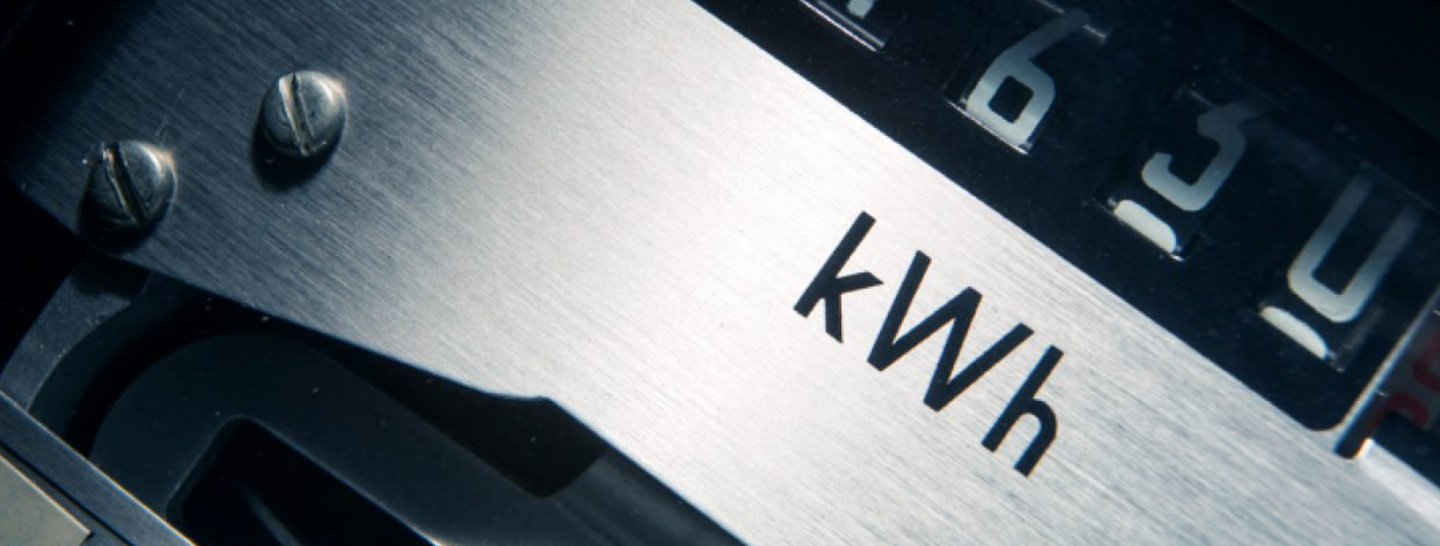Understanding the difference between kilowatts (kW) and kilowatt-hours (kWh) as they relate to the energy a building consumes is essential knowledge for anyone who has a stake in energy use at your enterprise—not just the folks who handle your utility bill management. But in order to act on the difference between kW and kWh to improve your energy management, you need to understand how the two are treated differently on your bill.
Using a car analagy that speed (mph) is analogous to kilowatts (kW) and distance travelled (mi) is analogous to kilowatt-hours (kWh), it’s a given that the more miles you drive, the more you pay in fuel costs. The same is true on your energy bill: the more kWh you use, the more you pay in what are called energy charges.
But in driving you also pay for the privilege of driving fast—below are three common ways:
1. If you want to go 140 mph you often have to pay to drive on wide, well-maintained expressways.
2. Not every car has the capacity to go 140 mph; that kind of horsepower isn’t free!
3. Going 140mph uses a lot more gas per second than going 60 mph.
In energy, just as in driving, the more kW you want to use at your building in a given moment, the more you pay. Here are three reasons why increased demand costs you more:
1. The transmission company has to build infrastructure to get the electricity to your utility.
2. The utility also has to supply you with bigger, more expensive equipment to get the electricity into your building.
3. Consuming 5,000 kW of electricity, for example, requires that a lot more energy be created than consuming 500 kW does.
These collectively appear on your bill as capacity and demand charges. And they're not insignificant; they often account for 30% of your total electricity bill.
The problem is that many building managers don't have the same flexibility as sports car drivers—they often have to run their buildings at high demand.
For example, let's say you're a paper manufacturer that runs a just-in-time operation. Filling orders on time means using at least 5 MW of electricity, often more. You're going to pay more in demand charges than a building using 500 kW because more energy has to be generated.
However, much unlike paying a fixed toll to drive on better roads, you can reduce your demand charges while still opperating during high demand. I often see two buildings that purchase energy from the same utility and have similar demand, but one is paying much more in demand charges.








